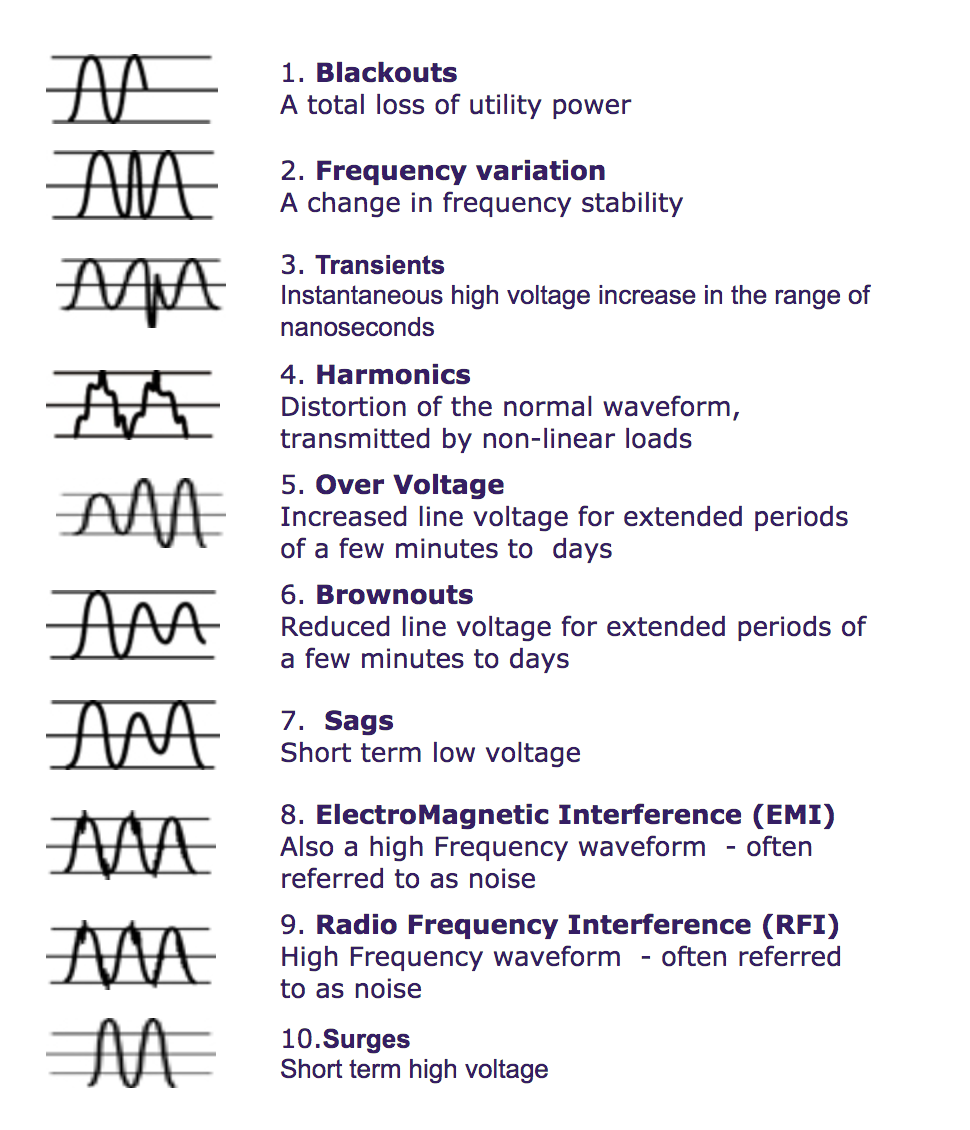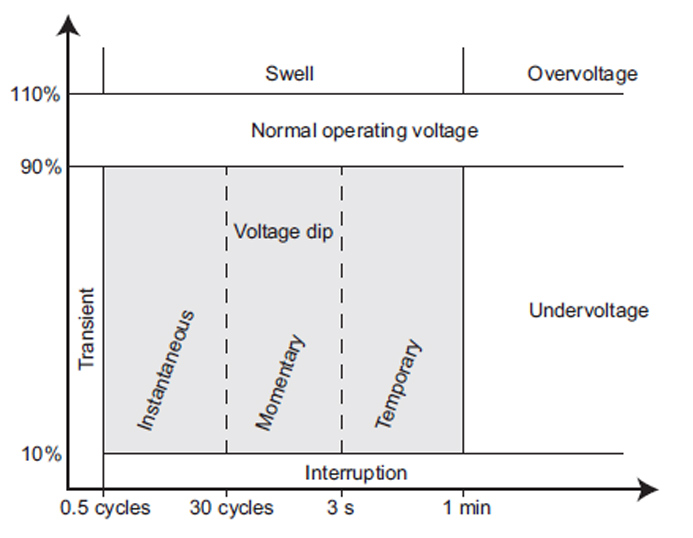Important to read:
The best salesperson for a company is its customers. I normally avoid comparing two products this way as each may have strengths and weaknesses; therefore, a comparison might not work well in some cases.
I have a system that I consider extra sensitive. If interested, I can explain details about what I have and what customizations I have in another post. In summary, Chord Mscaler, Dave, bi-amping (Tube amp 300b + Mcintosh with some updates). Mcintosh upgraded tube preamp. My system runs on all custom power. Batteries, +isolation Transformer, power isolators, and invertor for all systems. The system is off the power grid. My speakers are the B&W 802 diamond D2 series.
I recently received the news of the acquisition of Room by Harmen, and this gave me a reason to install Room and give it a good try. FYI, I used Roon for many years with and without HQPLAYER and have a lifetime subscription. I also made many of my friends buy it as a good solution. Around ten months back, I moved to Audirvana Studio.
How do Roon and Audirvana compare sound-wise? I moved to Audirvan Studio because I could hear all the instruments separated and more neutrally. The difference was so obvious that anybody could clearly hear from a single comparison.
Today, I repeated the experiment one more time. It’s the same hardware and the same setup. With Roon, I used Asio Drivers, and with Audirvana, I am using the Kernal Streaming. Audrivana with ASIO is close to Kernal, but Kernal gives more openness and details.
What is the result?
The result is shocking. With Roon, instruments are masked and glued. For example, you hear something close to both when a flute and violin play together. With Audirvan, you hear a flute and a violin separate. Highs and bass are much more defined and clear. This clearly shows with string instruments and wind instruments. With Roon, instruments blend as if a DSP filter is in place to clean noise, take at least 10% of the details, and damage the sound. (I have used Roon with multiple server configurations and Roon endpoints, including expensive Roon-ready endpoints. - They are all similar)
As Room seems pleasant to listen to with various configurations and its powerful interface and set of features, while using it, you sacrifice a lot on sound quality compared to Audirvana Studio.
I hope the above gives some perspectives.
Enjoy the music and best regards,

